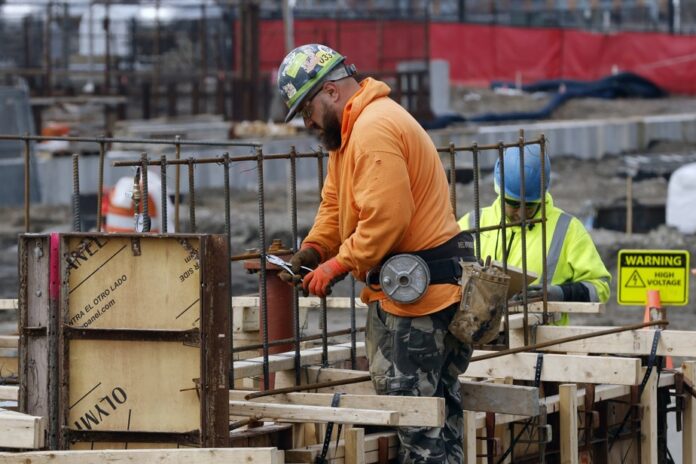(Washington) An influx of new workers in August pushed the U.S. unemployment rate to its highest level since February 2022, a signal that the situation is rebalancing after two years of labor shortages, which were likely to calm inflation.
The unemployment rate stood at 3.8% in August, compared to 3.5% in July, despite 187,000 job creations, more than expected, the Labor Department announced on Friday.
This paradox is explained by the arrival on the labor market last month of more than half a million people.
“People […] are going back to work,” President Joe Biden greeted from the White House gardens.
The Democrat, who is seeking a second term, pointed out that “job satisfaction is higher than it has been in 36 years”, and that “unemployment is at an all-time low for African Americans, workers Hispanics, veterans, and unqualified workers,” attributing these results to his economic policies.
This massive influx of new workers pushed the participation rate to 62.8% of people of working age, its highest level since February 2020, when it was 63.3%, just before COVID-19 hit. shut down economic activity, suddenly destroying 22 million jobs.
“It’s really encouraging,” White House economists team director Lael Brainard told CNBC.
She too highlighted “the good economy (created by) President Biden, good jobs and good wages. People come back and go to work […]. We see this balance in the labor market, and that is why inflation has come down.”
A labor shortage since COVID-19 has prompted employers to raise wages. This was good news for workers, but it helped to drive up inflation.
August’s numbers are a “big step toward a normal labor market,” said Robert Frick, economist at Navy Federal Credit Union.
For more than two years, American employers have struggled to hire in sufficient numbers, due to early retirements and insufficient immigration in particular.
Workers quit their jobs in droves to find others offering better pay or better conditions, a movement dubbed the “big quit.”
“There are always many more job vacancies than unemployed,” however, nuance Mike Fratantoni, vice-president of the Association of Real Estate Bankers (MBA).
Thus, in the middle of the back-to-school period, the city of Philadelphia does not have enough school bus drivers and offers 300 dollars a month to parents who drop their child off at school themselves.
The US central bank (Fed) is on the front line to slow inflation.
Its main tool to achieve this is to raise its policy rate, which in turn pushes banks to offer credit at higher interest rates to households and businesses.
They are then less inclined to consume or invest, which eases the pressure on prices.
The question now is whether or not the Fed will continue the hikes at its next meeting on September 19-20.
It has done so 11 times since March 2022, taking its interest rates to their highest in 22 years, in the range of 5.25 to 5.50%.
“A slowdown in wage pressures and an increase in the labor force participation rate are encouraging, confirming some easing of labor market conditions,” said Rubeela Farooqi, economist for High Frequency Economics, saying that these data argue in favor of a maintenance rates at their current level.
But inflation, which had been slowing for months, picked up again in July, driven by house prices. It stood at 3.2% year on year, against 3.0% the previous month, according to the CPI index of the Department of Labor, which refers.















